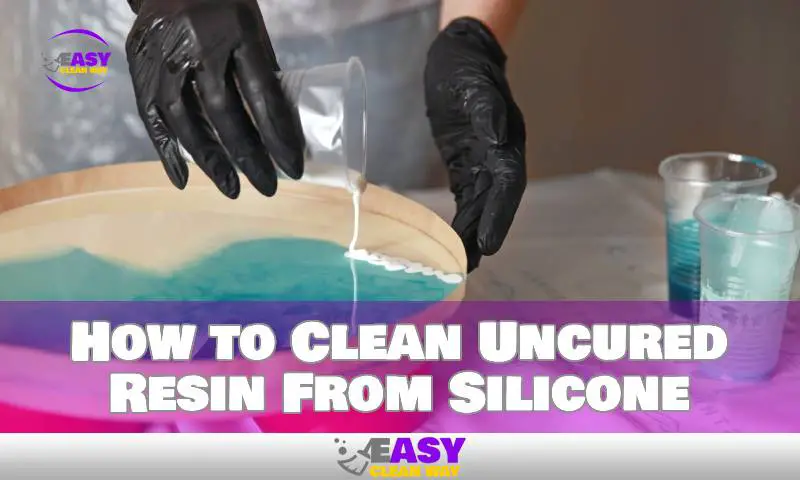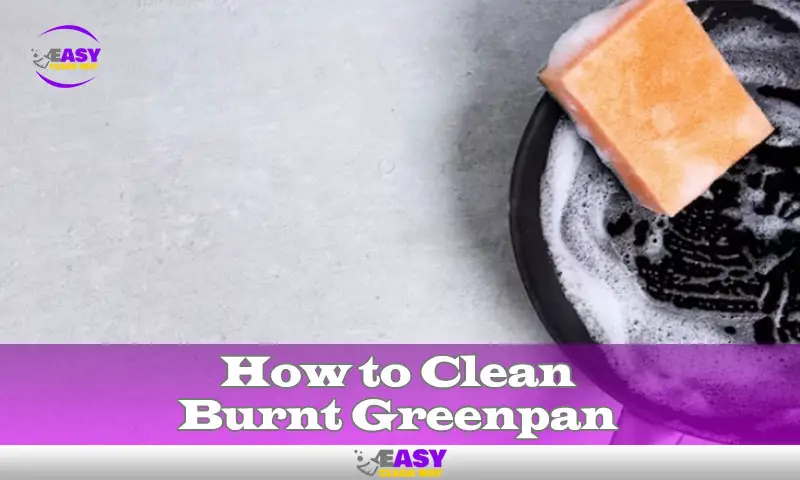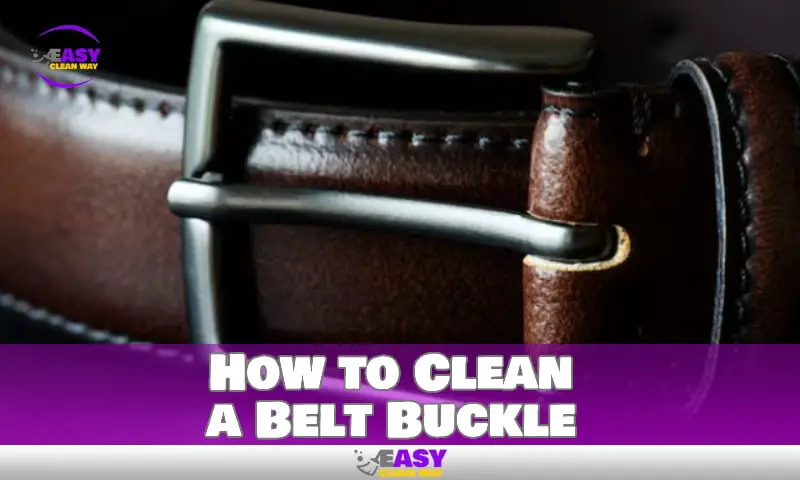Have you ever wanted to make something special with silicone molds but found that the uncured resin was difficult to remove? If yes, then you’re not alone. Cleaning uncured resin from silicone can be a tricky task, and it’s one that many people struggle with.
The process of cleaning uncured resin from silicone is actually quite simple and easy if you know what steps to take. With the right supplies and a bit of patience, you can easily get your silicone molds back in working order. In this article, I’ll walk you through the entire process step-by-step so that you can get started on your next creative project right away.
Introduction to Uncured Resin
Let’s start this journey with a few definitions. Uncured resin is a liquid material, usually made of polymers, used in numerous industrial applications. Silicone is a synthetic rubber often used as an adhesive or sealant.
If you’ve ever done any resin crafting, you know that uncured resin can be especially tough to clean from silicone molds. It can also be tricky to remove from other surfaces it touches, like fabric or your hands.
The good news is, there are some simple tricks that can help get the job done efficiently and safely. In this article, we’ll run through each step of the process—from pre-cleaning to final cleanup—to make sure you know how to get rid of stubborn uncured resin on silicone quickly and effectively.
What You Need for Cleaning

Cleaning uncured resin from silicone molds doesn’t have to be a daunting task. Whether you’re dealing with epoxy or polyester resin, you’ll need some basic materials to get the job done.
For starters, you’ll need acetone or alcohol to soak the resin-filled molds to dissolve the uncured resin. To break up any residue, a soft brush can come in handy after the soaking process. But if you’re dealing with silicone molds specifically, pay attention—any sharp materials can easily damage them, so stick to soft-bristle brushes and sponges when cleaning.
From there, basic items like soap and water will help you finish the job and leave your molds looking as good as new. But no matter what cleaning materials you use, it’s essential that you work in a well-ventilated area—acids and solvents in cleaners like acetone can be hazardous if inhaled for too long.
Pre-Cleaning Preparation
Now that you’ve got everything ready, you need to do a bit of pre-cleaning before you can start cleaning off the resin. This is important because it helps make removing the resin easier—otherwise, it’s really hard to get it off.
Before doing anything else, use a silicone and wax remover to tackle any remaining uncured resin stuck to the mold. That way, it’ll be much easier for you to finish cleaning off the resin with warm soapy water.
You may have some areas of your mold where pieces of uncured resin have gotten stuck; in these cases, try using clear tape to help remove these bits from your mold. As you wrap the tape around each side of the mold, it should pull out any remaining pieces of resin.
Take your time with this step and make sure all of the uncured resin has been adequately removed before moving on. Doing this will make it much easier for you to clean off any remaining bits that are still stuck inside your mold.
Scraping the Resin from the Silicone
If softening the resin with acetone, wipes, or a hair dryer doesn’t work, you can use a scraper to gently remove it. You don’t need a fancy tool—a plastic putty knife or a credit card will do the trick.
When removing the resin, be careful and patient. Scrape off as much as you can at an angle, then return and repeat the process until it is completely gone. Make sure you concentrate on one area at a time to ensure that you have removed all resin particles from the molding silicone’s crevices. Additionally, remember to clean your scraper after each pass.
Once you’ve gotten as much as you can out of the silicone mold, it should be relatively safe from future resin build-up. But remember: prevention is key; clean off uncured resin quickly and often for best results.
Cleaning Solutions for Removing Residue
When trying to clean uncured resin from silicone, the best solution may be to use a specialized cleaning agent. Rubbing alcohol or vodka is a great choice, as it can effectively permeate and remove unwanted residue.
For a more powerful option, residue remover is highly concentrated, and only one ounce is needed per gallon of mop water. Not only does it break down grease and oils, but also an array of other chemicals, making it suitable for a variety of projects.
If you don’t have any specialized cleaners around, white vinegar is always a safe bet. It’s a natural cleaner, adhesive remover, and deodorizer that doesn’t generate fumes like other common cleaning solutions.
Finishing Touches for a Clean Surface

Once the uncured resin has been removed, it’s time to do a final cleaning of the surface. Here are three different materials you can use to get your silicone molds looking as good as new:
Acetone
A lot of people are familiar with acetone since it’s used in a lot of nail polish removers, but it’s also great for cleaning uncured resin from silicone molds. It doesn’t take much; just a few drops will do the trick.
Isopropyl Alcohol or Mineral Spirits
For more stubborn resin spots, try isopropyl alcohol (91%) or mineral spirits. All you have to do is soak your mold with either liquid for about 30 minutes and then give it a gentle scrubbing with a soft sponge or cloth.
Baby Wipes
Almost any surface, including silicone molds, can be cleaned with baby wipes because they are soft enough to use on them. Baby wipes can also be used to remove any remaining epoxy resin that hasn’t fully hardened. To make the mold look as good as new, all you need to do is give it a quick wipe down.
Understanding the Types of Resin Used for Silicone Molds
When it comes to cleaning uncured resin from silicone, it helps to first understand the different types of resin used for silicone molds. Casting resin, or deep pour resin, is the best type of resin to use for silicone molds. It’s typically used in industrial prototypes and dentistry. On the other hand, epoxy resin is a harder, more brittle type of resin that isn’t suitable for silicone molds.
No matter what type of resin you use, it’s important to understand the curing process and follow the manufacturer’s instructions carefully. That said, here are some tips on how you can clean up uncured resin from silicone:
- Place your silicone mold in a bowl filled with warm water and mild detergent.
- Let your mold soak for 5 minutes.
- Carefully remove the hardened pieces from your mold.
- Scrub off any excess residue with an old toothbrush.
- Rinse thoroughly with clean water and let the air dry.
- Repeat steps 1-4 until all uncured residue has been removed from your mold.
- Remove any remaining residue by spraying with a mild cleaning solution.
- Allow it to air dry before using it again.
Conclusion
In conclusion, cleaning uncured resin from silicone may seem intimidating at first. However, if you take the proper precautions and use the right products, it’s surprisingly easy. Simply gather the right materials, wear the necessary protective gear, and take your time as you carefully remove the resin. By following all of these steps, you can ensure that your silicone piece stays safe, clean, and free from resin.
Hey there! I’m Alton Smith, your Clean Expert blogger. I’m on a quest to help you conquer chaos and embrace the joys of a tidy life.





